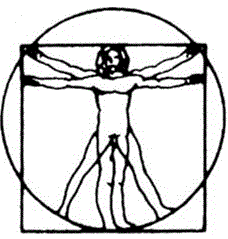Neurofeedback and
Obsessive Compulsive Disorder
Obsessive Compulsive Disorder (OCD) is a condition in which the individual has obsessive thoughts, images, or urges that are unwanted and/or unpleasant and cause anxiety. These obsessions can only be relieved by compulsively acting in a certain way. For example, someone may be obsessed with germs and disease and they compulsively wash their hands many times a day.
While people may experience OCD differently, there are typically four stages involved. The first is the obsession

Articles and Research
or the overwhelming thoughts or urges. These obsessions cause distress and anxiety, usually because the individual fears that the obsession will come true. Compulsive behavior then follows as a means to cope with and relieve the anxiety. The fourth stage involves temporary relief from anxiety, however, the obsession and anxiety soon return and begin the cycle again.
Because OCD begins with anxiety, training the brain consists of calming high beta and encouraging alpha activity. In this way, anxiety is lessened in the individual and they are better able to control obsessions. In turn, compulsive behaviors decline along with the anxiety since they are no longer needed to cope and relieve the lessening anxiety.
-
-
Neurofeedback reduced OCD symptoms by 89% (as measured by the Padua Inventory) and symptoms had not returned more than 12 months after Neurofeedback training.
-
